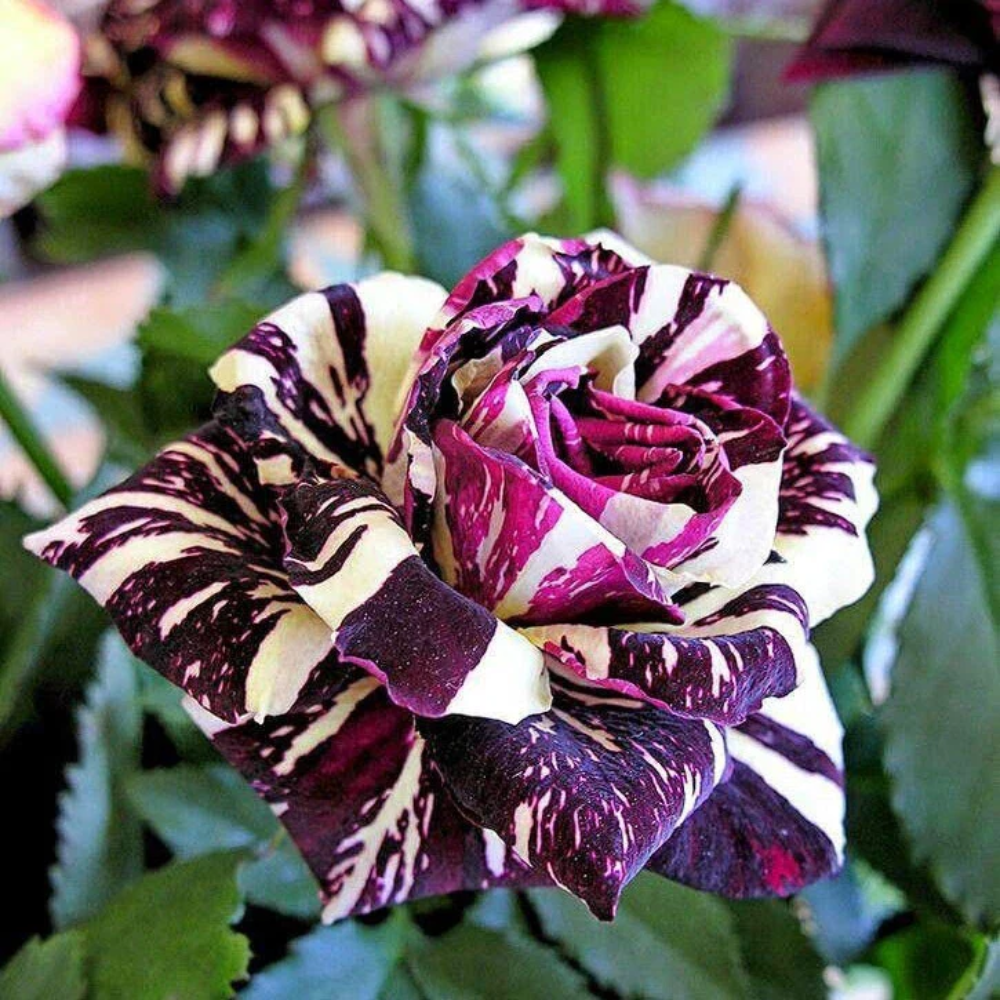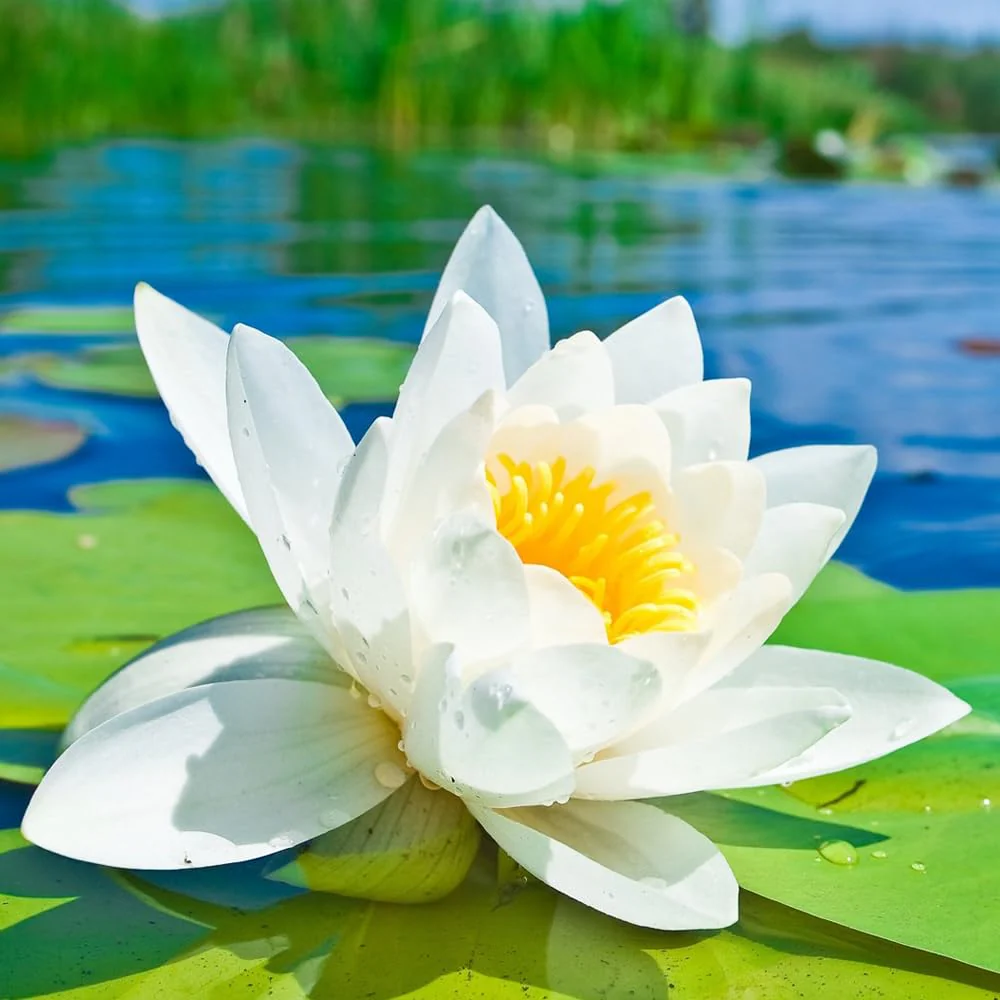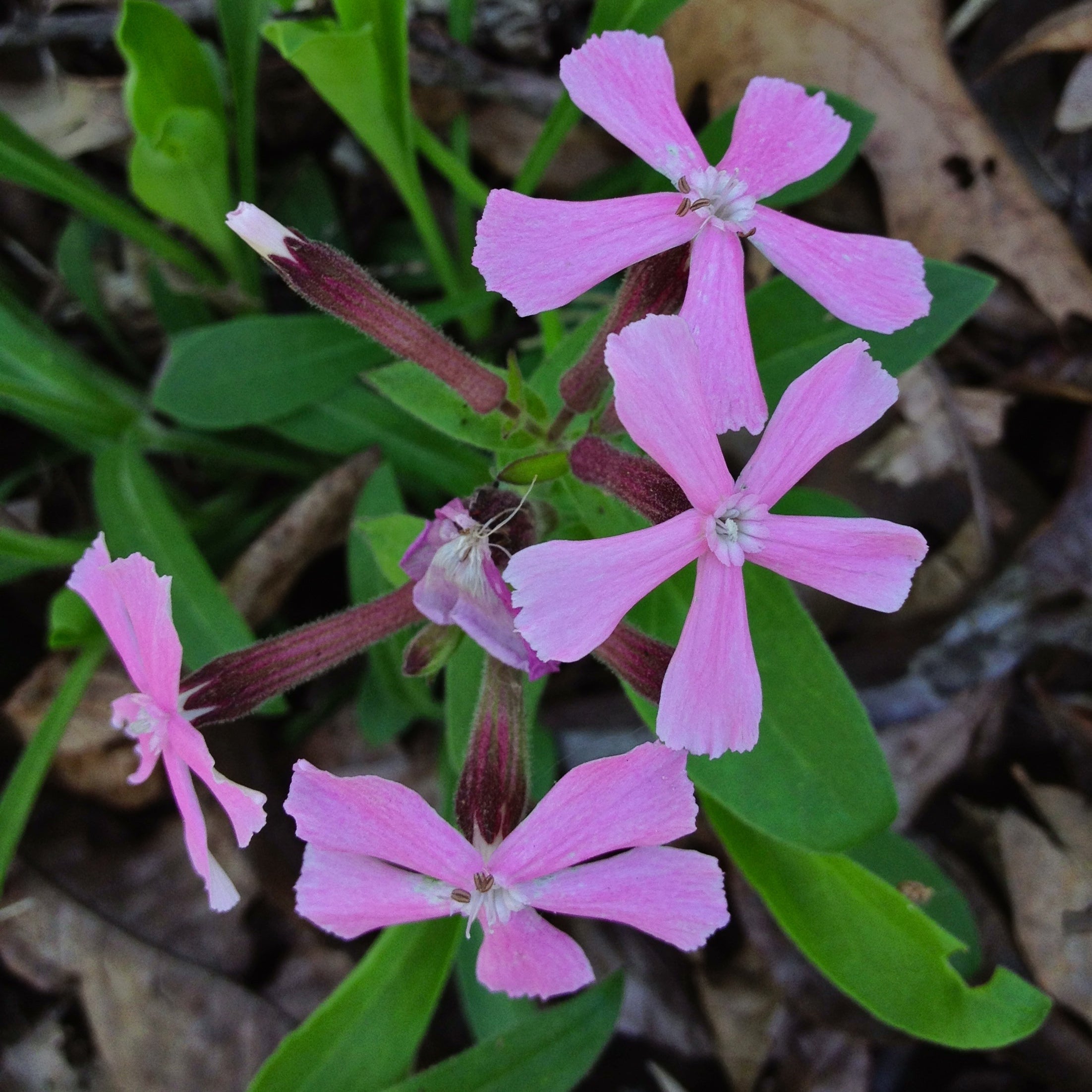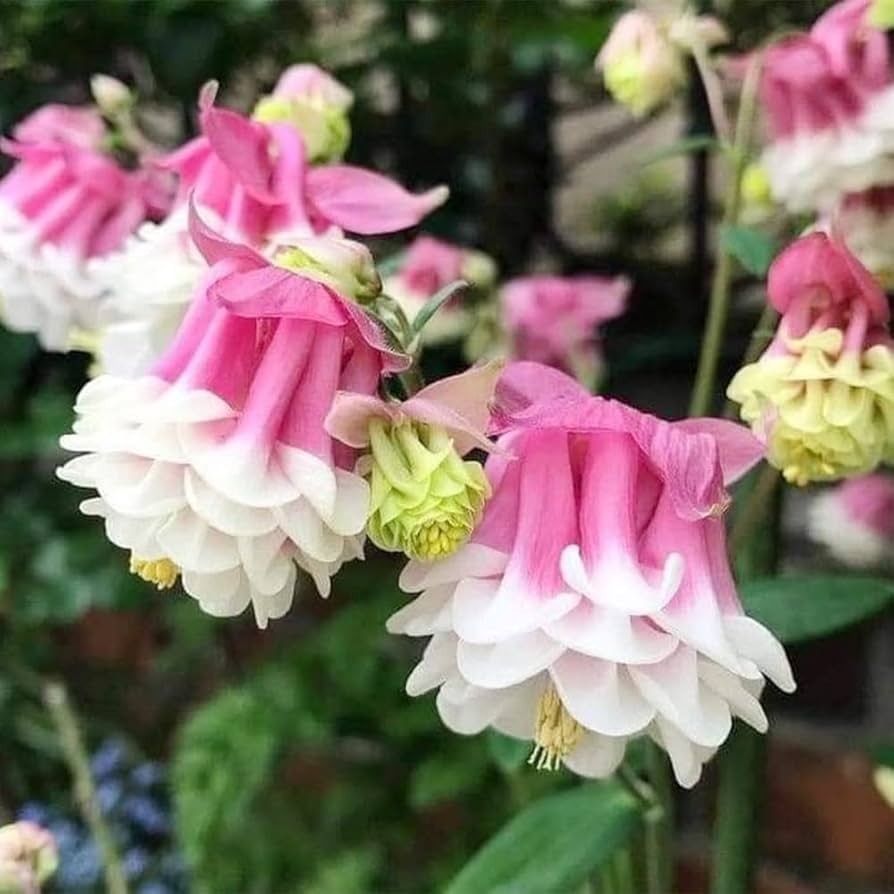Not all seeds sprout the moment they’re planted. Many gardeners, especially beginners, are surprised when nothing emerges after sowing perfectly healthy-looking seeds. Often, the culprit is seed dormancy—a natural survival mechanism that prevents seeds from germinating until conditions are just right.
In this guide, you'll learn what seed dormancy is, why it occurs, the different types, and proven methods to break seed dormancy for better germination success in your garden.

What is Seed Dormancy?
Seed dormancy is a natural state in which seeds delay germination, even when moisture, oxygen, and temperature conditions appear favorable. This adaptation ensures that seeds don’t sprout in unfavorable environments, such as before winter or during a drought.
In other words, dormancy acts like a “pause button,” allowing seeds to survive longer and germinate at the right time for growth and survival.
Why Do Seeds Enter Dormancy?
There are several reasons why seeds remain dormant:
-
Protection against harsh climates
-
Waiting for ideal growing conditions
-
Delaying germination for seed dispersal
-
Ensuring species survival over time
In nature, this delay improves the odds that the seed will grow into a mature, healthy plant. However, in gardening, it can be frustrating when your seeds won’t sprout as expected.
Types of Seed Dormancy

Understanding the type of dormancy your seed experiences helps you apply the correct method to break it.
1. Physical Dormancy
Caused by a hard, impermeable seed coat that blocks water and air from entering the seed.
Common in: Morning glory, sweet peas, beans.
2. Physiological Dormancy
The seed contains internal chemical inhibitors that prevent germination until broken by environmental changes.
Common in: Apple, lettuce, celery.
3. Morphological Dormancy
The embryo inside the seed is not fully developed at the time of dispersal.
Common in: Some orchids, ginseng.
4. Combinational Dormancy
Both physical and physiological dormancy exist together.
Common in: Redbud trees, certain legumes.
How to Break Seed Dormancy
There are several tested methods to break dormancy and promote germination:
1. Scarification (for Physical Dormancy)

Manually weaken the seed coat to allow moisture in.
-
How: Gently rub seeds with sandpaper, nick them with a blade, or soak in hot water (not boiling) for a few hours.
-
Best for: Beans, okra, moonflowers, nasturtiums.
2. Stratification (for Physiological Dormancy)
Simulate natural seasonal changes through cold or warm treatment.
-
How: Place seeds in a moist paper towel inside a zip-lock bag and refrigerate for 2–8 weeks.
-
Best for: Lavender, echinacea, apples, milkweed.
3. Soaking
Soaking seeds in water softens the seed coat and activates internal enzymes.
-
How: Soak seeds in lukewarm water for 12–24 hours before planting.
-
Best for: Peas, squash, melons, chard.
4. Light or Darkness
Some seeds need exposure to light or complete darkness to break dormancy.
-
Light-loving seeds: Lettuce, snapdragon (surface sow, do not cover).
-
Dark-loving seeds: Calendula, nasturtium (cover with soil completely).
Tips for Better Germination
-
Always use fresh, high-quality seeds from trusted sources like PureAsiaSeeds.com.
-
Check the seed packet or variety information for dormancy-breaking needs.
-
Label seeds clearly when using pre-germination treatments.
-
Avoid over-soaking or damaging seeds during scarification.
-
Maintain consistent moisture and warmth once dormancy is broken.
Final Thoughts
Understanding seed dormancy is essential for any gardener who wants to improve germination success. Whether you’re growing herbs, vegetables, or exotic flowers, applying the right technique to break seed dormancy can make all the difference between frustration and flourishing plants.
Explore a wide selection of high-quality seeds—including those that may benefit from pre-treatment—at PureAsiaSeeds.com, and give your garden a head start with confidence.








